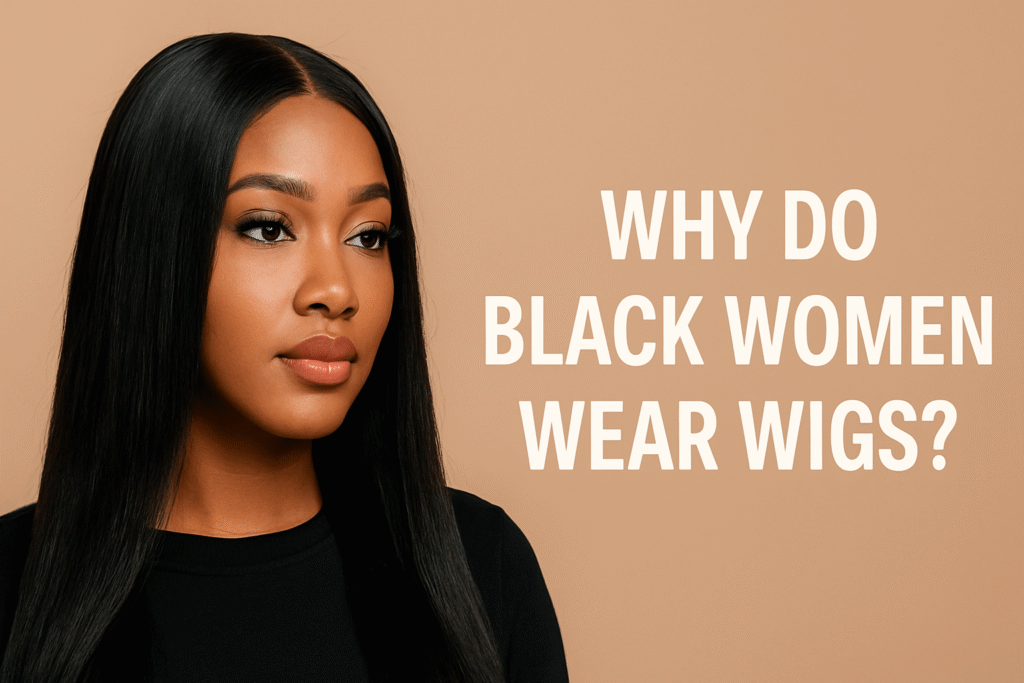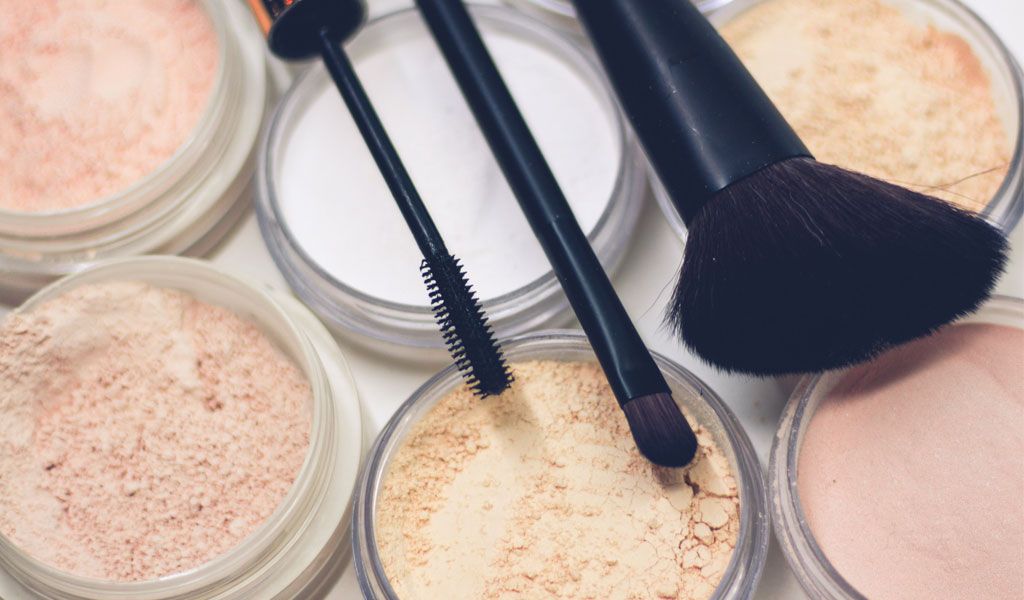For many Black women, wigs are more than just a cosmetic item; they are a symbol of convenience, culture, history, and individuality. If you’ve ever wondered why so many Black women wear wigs, this article will go into great detail about why many people choose wigs, what influences those decisions, and why it matters.
The Origins: Cultural Significance & History
Wigs were worn by royalty to denote status and safeguard social identity in ancient societies such as Egypt.
In-Style
Hairstyles have come to represent social rank, marital status, and tribe in African and African diaspora cultures. Hair accessories and wigs were included into ethnic customs.
Black hair has frequently been subjected to harsh evaluations under Eurocentric beauty standards during periods of colonialism, segregation, and cultural prejudice.Wigs therefore provided a means of externally adhering to those norms or of more freely transitioning between situations without changing one’s natural hair.
Most likely, you need a haircut.
Practical Reasons: Hair Health & Protection
Black hair textures (tightly coiled, 3-, 4-types) are more brittle and more likely to break, get dry, and split. By lowering direct manipulation, heat, chemical treatments, and environmental stress, wigs help preserve natural hair.
By allowing natural hair to rest in braids or twists underneath wigs, wearing wigs reduces the need for daily maintenance and improves in length retention.
Wigs give women who are experiencing hair loss (such as alopecia, medical treatments like chemotherapy, or thinning edges) confidence and enable them to preserve their image and sense of self.
Versatility & Style: Changing Appearances Without Commitment
With wigs, you may quickly and easily change up your hairstyle (length, texture, and color) without permanently changing your natural hair. Fashion, special occasions, or just desiring a new look will all find this intriguing.
They save time. Longer routines are frequently required to maintain naturally textured hair (washing, detangling, moisturizing, styling). You can avoid some of those daily steps by wearing wigs.
Confidence, Identity, and Social Pressure
Biased policies or implicit expectations about what hair “should look like” have existed (and occasionally still do) in many institutions and workplaces. By Eurocentric norms, straight, smooth, or less voluminous styles have frequently been regarded as more professional. Women can deal with those stresses without causing harm to their natural hair by wearing wigs.
Many people wear wigs to gain control over their look, identity, and presentation rather than to cover up their real hair. Additionally, it permits the manifestation of beauty in accordance with individual aesthetic preferences.
Fashion, Expression, and the Impact of the Media
Wigs are widely used in social media, influencer culture, music videos, red carpet appearances, and celebrity culture. Wigs become more accepted and appreciated as a result of this visibility, which also affects trends.
With wigs, one can experiment with colors, trims, and textures that may be difficult to create or maintain with real hair without undergoing harmful or irreversible procedures.
Observations & Maintenance Advice

Although wigs have many advantages, there are some considerations to make:
- Quality matters: If worn improperly, wigs with subpar lace or adhesives or those with poor construction might irritate the scalp or edges.
- Proper maintenance: To keep natural hair under a wig healthy, it still need routine cleaning, deep conditioning, and moisture.
- Proper ventilation and fit: Wearing a wig that is excessively tight or that does not allow for adequate airflow might cause discomfort or problems with the hairline.
- Selecting materials: Synthetic wigs are less expensive but might not last as long or withstand heat styling, while human hair wigs are frequently more expensive but provide more realistic movement and durability.
Black women’s wigs are multifaceted, with roots in liberation, expression, usefulness, and culture. Wigs are a legitimate, empowering option, whether used for safety, personal style, or addressing hair issues like hair loss or social expectations.
Wigs can encourage self-confidence, creative styling, and healthy hair development if worn with intention and care.
Can natural hair be damaged by wigs?
Not if correctly installed and maintained. Common issues can be lessened by using light adhesives, resting the scalp, and wearing protective styles underneath (braids or twists).
How frequently should you use a wig as opposed to allowing your natural hair to grow out?
Many people switch between wearing wigs on some days and letting their natural hair show on others. This allows them to clean and moisturize without feeling tense.
Which wig styles work best for black hair?
Wigs that fit your lifestyle (human hair or premium synthetics), have breathable lace fronts or full lace caps, and allow your natural hair to be fashioned underneath (braids or twists).
How can wigs not appear “fake”?
Using realistic hues and textures that match or enhance your own hair, blending edges, matching your skin tone for lace or parting, and personalizing the wig hairline.
How much are quality wigs, and how can I pick one?
Human hair wigs are more expensive than synthetic wigs. To find the greatest deal, look into wig reviews, cap structure, hair density, lace type, and after-sales care.




